When it comes to the world of casino games, poker stands out as a game of strategy, skill, and psychological warfare. Among the various tactics that poker players employ, bluffing is undoubtedly one of the most captivating and crucial techniques. Bluffing involves deceiving your opponents into believing that you have a stronger hand than you actually do, leading them to make decisions that are ultimately in your favor.
In this article, we will delve into the intricate art of bluffing in poker, specifically tailored for online casino players. Whether you’re a novice or an experienced player, mastering the art of bluffing can significantly enhance your poker gameplay and winnings.
Contents
Understanding Bluffing: The Basics
Bluffing is a tactic that has been integral to slot online since its inception. It involves convincing your opponents that your hand is better than theirs, thus forcing them to fold and relinquish the pot to you. While bluffing might sound like outright lying, it’s more about controlled deception and manipulation of your opponents’ perception.
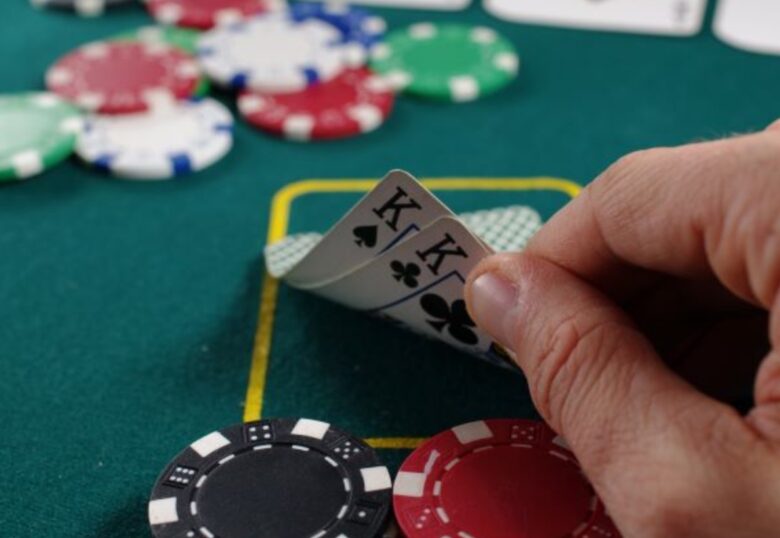
Source: playdiplomacy.com
Key Points:
- Timing is Crucial: Bluffing at the right moment is essential. Experienced players often wait for specific situations, like tight or tense rounds, to execute a successful bluff.
- Know Your Opponents: Understanding your opponents’ tendencies and playing styles is critical. Bluffing against conservative players might be more effective than against loose players.
- Table Image: Your past actions and behavior influence your table image. If you’ve been playing conservatively, a sudden aggressive move can be more convincing.
Types of Bluffs
Bluffing is not a one-size-fits-all strategy. There are various types of bluffs that you can employ in different situations, each with its own distinct purpose and level of risk.
Semi-Bluff:
A semi-bluff is when you have a hand that isn’t strong currently but has the potential to become a powerful hand after community cards are revealed. This type of bluff combines elements of both bluffing and value betting.
Stone-Cold Bluff:
The stone-cold bluff is the classic form of bluffing. It’s executed when you have a weak or mediocre hand, and your only chance of winning is if your opponents fold. This type of bluff requires a keen understanding of your opponents and excellent poker face.
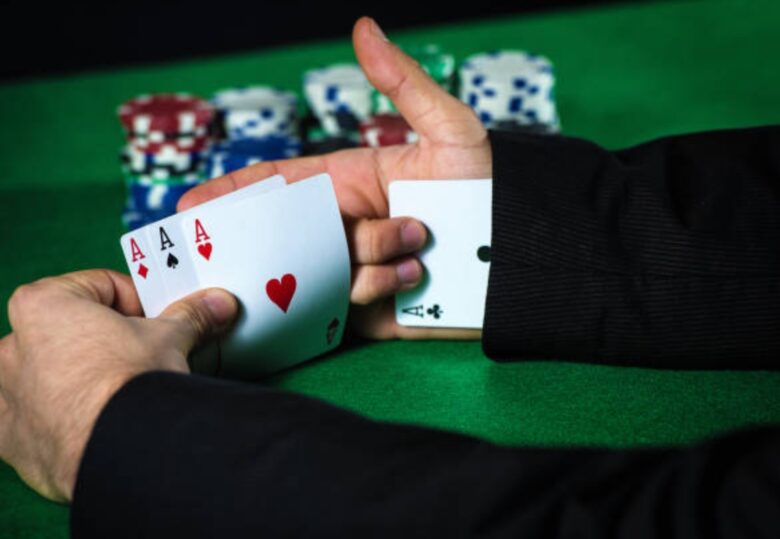
Source: istockphoto.com
Reverse Bluff:
Also known as the “reverse tell,” this bluff involves acting in a way that’s opposite to how you truly feel about your hand. For instance, you might act disinterested while holding a strong hand to lure your opponents into a false sense of security.
Pure Bluff:
A pure bluff is when you have absolutely nothing in your hand that can lead to a win. It’s an audacious move and should be used sparingly, preferably against observant opponents.
Steal Bluff:
A steal bluff is often employed in a late position. It involves raising pre-flop to try and steal the blinds and antes, capitalizing on the assumption that players in early positions have weak hands.
Continuation Bet:
This bluff occurs when you raise pre-flop as the aggressor and then continue to bet on the flop, regardless of whether it improved your hand or not. This move capitalizes on the perception that your hand remains strong.
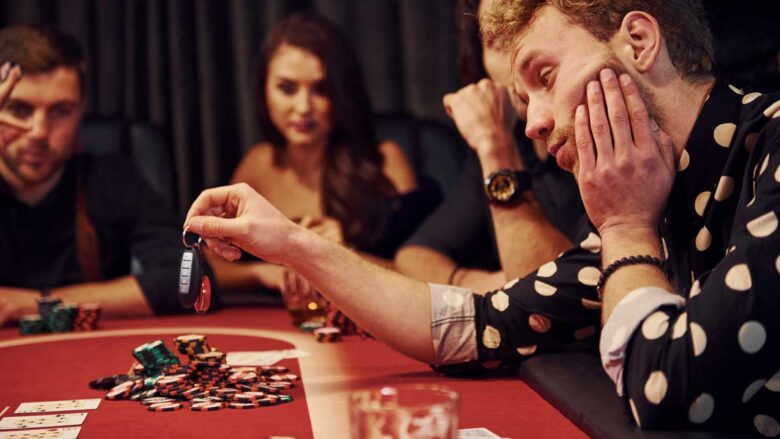
Source: natural8.com
Mastering Online Bluffing Techniques
Bluffing in online poker presents its own set of challenges and opportunities. Since players can’t rely on physical tells, other strategies must be employed to convince opponents of your bluff.
Betting Patterns:
Online poker platforms often display your betting history. Consistent patterns could give away your strategies. Vary your betting amounts and timing to keep opponents guessing.
Timing the Delay:
A slight delay before making a bet can give the impression that you’re contemplating a strong hand. However, be cautious not to overuse this tactic, as it can become predictable.
Use of Chat:
Engaging in the chat feature during a hand can divert attention from your play. A sudden chat message during a bluff can give the impression of nervousness, potentially leading opponents to believe you’re bluffing.
Quick Calls and Raises:
Making quick calls or raises can convey confidence in your hand. Opponents might interpret this as a sign of strength, especially if you’ve been taking your time for most of the game.
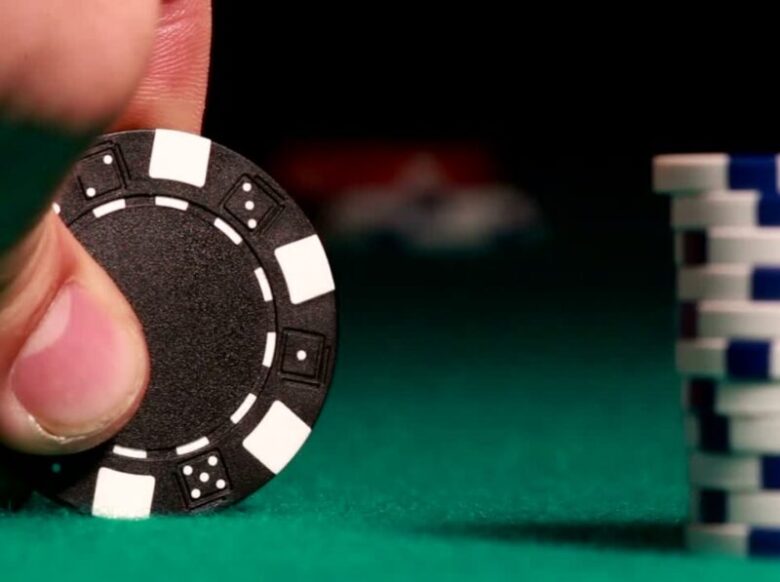
Source: kingstoncollege.org
The Psychological Element of Bluffing
Bluffing is as much a psychological game as it is a strategic one. Understanding human psychology and behavior can significantly enhance your bluffing skills.
Observation:
Carefully watch how your opponents react in different situations. Do they hesitate when they have strong hands? Do they bet quickly when they’re bluffing? Such observations can inform your own bluffing decisions.
Tilt and Emotional Play:
Tilt is a state of emotional frustration that can lead to irrational decisions. If you can identify a player on tilt, you can use their emotional state to your advantage with well-timed bluffs.
Consistency and Image:
Maintaining a consistent table image is crucial. If you’ve been playing conservatively and suddenly start betting aggressively, your opponents are more likely to believe you have a strong hand.
The Fear of Loss:
Many players are naturally averse to losing. Capitalize on this fear by making larger bets that put their chips and potential losses on the line, forcing them to fold unless they have a truly strong hand.
Bluffing Ethics and Etiquette
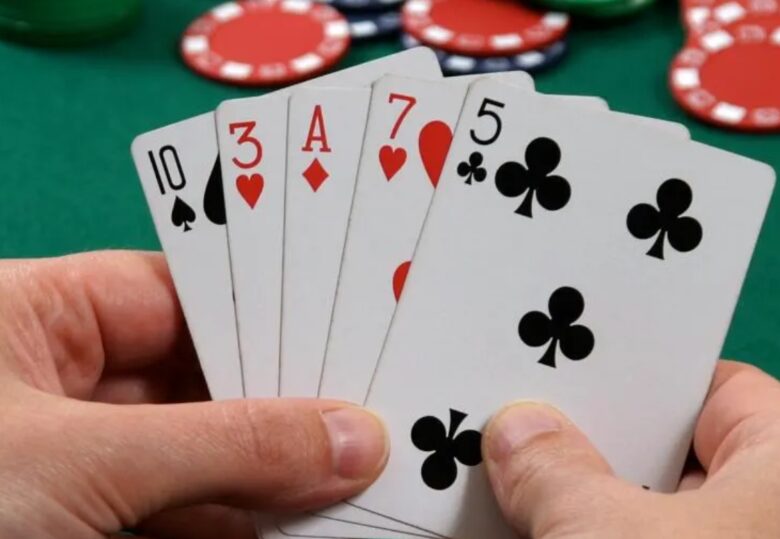
Source: forbes.com
While bluffing is a legitimate and integral part of poker, there are ethical considerations and etiquettes to keep in mind.
Respectful Play:
Bluffing should be respectful and not intended to offend or humiliate opponents. Remember that poker is a game of camaraderie and competition.
Avoid Overbluffing:
Constantly bluffing can lead to a reputation that makes your tactics less effective. Over time, players will catch on to your strategy and might call you more often.
Graciousness in Defeat:
If your bluff is called and you lose, accept it with grace. Bluffing is a risk, and outcomes aren’t always in your favor. A positive attitude keeps the game enjoyable for everyone.
Practice and Persistence
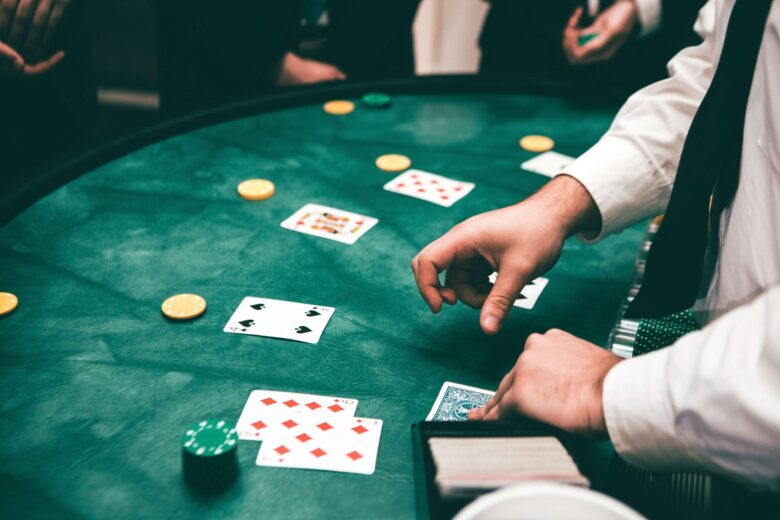
Source: winzogames.com
Mastering the art of bluffing in online poker requires practice, patience, and a willingness to learn from your experiences.
- Start Small: Begin with low-stakes games to practice your bluffing skills without risking substantial amounts of money.
- Review Your Play: After a session, review your bluffs and their outcomes. Analyze what worked and what didn’t.
- Learn from Pros: Watch professional poker players in action. Observe their bluffing techniques and try to incorporate them into your own strategy.
Conclusion
Bluffing is an essential aspect of poker strategy that adds layers of complexity and excitement to the game. As an online casino player, mastering the art of bluffing can significantly improve your gameplay and overall success. By understanding different bluffing types, leveraging online tactics, utilizing psychology, and adhering to ethical guidelines, you can become a formidable player at the virtual poker table. Remember, practice makes perfect, so hone your bluffing skills and watch your poker prowess grow.
